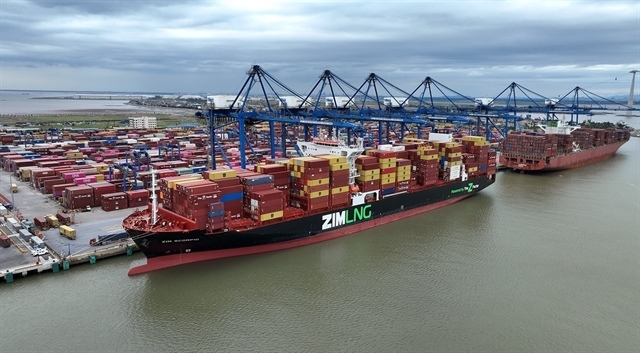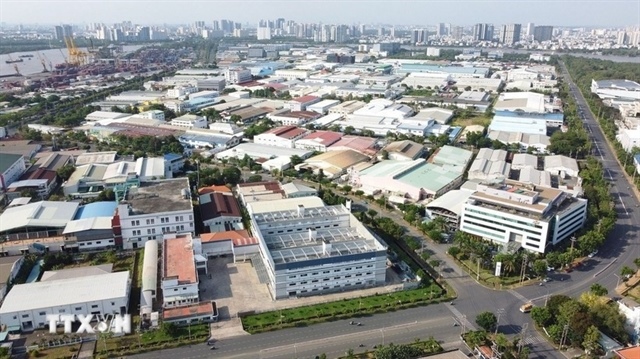Rural sales push glut of goods
Rural sales push glut of goods
The campaign to encourage Vietnamese citizens to use Made-in-Viet Nam goods had achieved encouraging results, and authorities and businesses would continue to promote the idea in an effort to resolve high inventories currently held by domestic producers, said experts at a seminar.

The event was organised by the Ministry of Industry and Trade (MoIT) in Ha Noi on Wednesday. It aimed to review the campaign in the first half this year and look at solutions to bolster its effectiveness.
According to MoIT's Domestic Market Department, the Government and about 1,130 businesses held 152 sales programmes in rural areas in the first six months, and earned VND51 billion (US$2.4 million) during that period.
Since launching the campaign, there have been 1,311 promotional programmes with the participation of 11,372 enterprises nationwide. The total value of sales promotions hit over VND13 trillion ($619 million).
In addition, 35 fairs and exhibitions have been organised, attracting 3,097 enterprises. They earned a total revenue of more than VND1.6 trillion ($76.2 million) and signed many contracts, totalling some VND252 billion ($12 million).
A survey by the US Grey Group conducted before the campaign showed that up to 77 per cent of consumers in Viet Nam "loved" foreign goods.
However, at present, according to the FTA Market Research Co, 71 per cent of local consumers believed Made-in-Viet Nam goods were high quality commodities. In rural areas, people have started to get used to locally-produced goods, and in supermarkets, Vietnamese goods still account for around 80-90 per cent of commodities.
The implementation of the campaign was not without difficulties. Expansion of the distribution system required professional strategies and large investment capital, while small and medium-d enterprises had limited capital and resources, said experts.
Nguyen Nhu Mai, deputy director of the Ha Noi Department of Industry and Trade, said that the relationship between producers, livestock breeders and processors with distributors was still shaky, and some companies took unfair advantage of sales promotions to sell old, fake and out of date goods.
Obstacles such as high inventories and slow consumption are expected in the second half, so the main goal of the campaign in the future is to stimulate consumption in a bid to resolve inventories and help enterprises.
Duong Thi Ngoc Dung, director general of Vinatextmart, confirmed that sales promotions in rural areas were only short-term measures, and Vietnamese goods needed to take a permanent place as part of a long term strategy.
"To do this, companies should build stores and trade centres instead of just bringing the commodities to rural areas for a few days and then leaving," she said.
Le Ba Trinh, Vice President of the Central Committee of the Viet Nam Fatherland Front suggested that it was necessary to boost trade infrastructure development in rural and border areas to create favourable conditions for distribution system expansion in those regions.
Besides the efforts of ministries and departments, enterprises had to quickly innovate management, improve quality and reduce production costs, as well as build and develop local distribution systems and maximise consumer satisfaction, said Deputy Minister of Industry and Trade Ho Thi Kim Thoa.
In addition, trade departments and businesses should collaborate with industrial associations and organisations to find solutions to bring Vietnamese goods to traditional markets, she said.
vietnamnews























